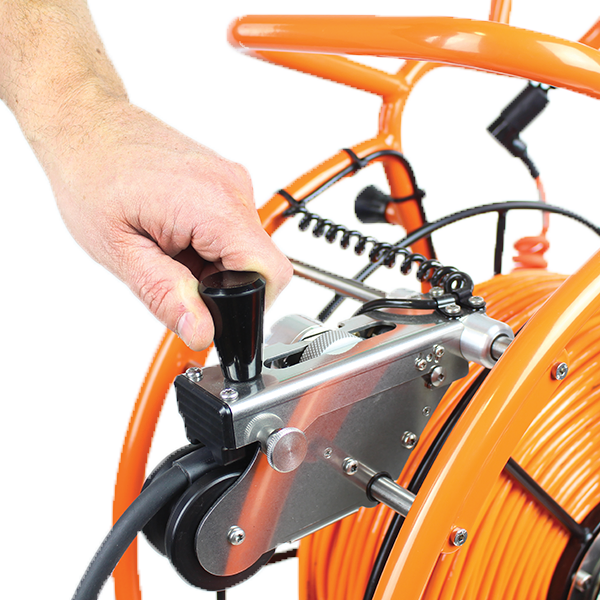
Keeping to original specification, E-Type top and bottom wishbones are used at the front together with standard Jaguar uprights and 11" diameter ventilated disc brakes. Thus the Proteus does not have the expected spaceframe chassis beneath the skin, but a monocoque tub like the original. Proprietor Jim Marland took the utmost care to ensure that the Proteus XJ13 did not just look like the real thing, it also followed its method of construction. Since then "the most desirable racing car never to have raced" has continued to fascinate Jaguar enthusiasts everywhere to such an extent that a number of independent firms subsequently offered replicas.Īrguably the best of these is that manufactured by Proteus (née Copycats) whose C-Type replica is most highly regarded. This unique car could so easily have been scrapped at this point, but to Jaguar's credit they decided to restore it, incorporating minor bodywork changes and completing the task in 1973.

Most unfortunately, a tyre blow out caused an end over end roll and the XJ13 was badly damaged, though happily its pilot escaped unscathed. The XJ13 re-emerged in 1971 when, for a film promoting the new V12 E-Type, it again took to the MIRA track, this time with Jaguar test driver Norman Dewis at the wheel. Although this was a creditable performance, it demonstrated that the XJ13 was not fast enough to challenge the best of the competition, and the car was quietly mothballed. Driven by David Hobbs on its shakedown run at MIRA, the XJ13 lapped at 161mph, achieving a maximum speed of 175mph down the straights. Chassis engineer Derrick White and aerodynamicist Malcolm Sayer shared responsibility for the XJ13's design, the prototype being completed in March 1966.


The V12 plans were dusted off and the engine first ran in 1964. However, the disastrous fire at Jaguar's Browns Lane factory in February 1957 meant that all available resources had to be concentrated on getting back into production, and the V12 project was shelved.Ī few years later Jaguar felt ready to re-examine the possibility of a return to racing. Jaguar's Chief Engineer Walter Heynes proposed a 5-litre quad-cam V12 as power unit for the new sports-racer, with the intention that this would later be used in a new generation of Jaguar road cars.

Resting on laurels garnered from a succession of Le Mans victories, Jaguar retired from racing at the end of 1956 with the intention of developing a brand new car to replace the outstandingly successful but now obsolete D-Type.


 0 kommentar(er)
0 kommentar(er)
